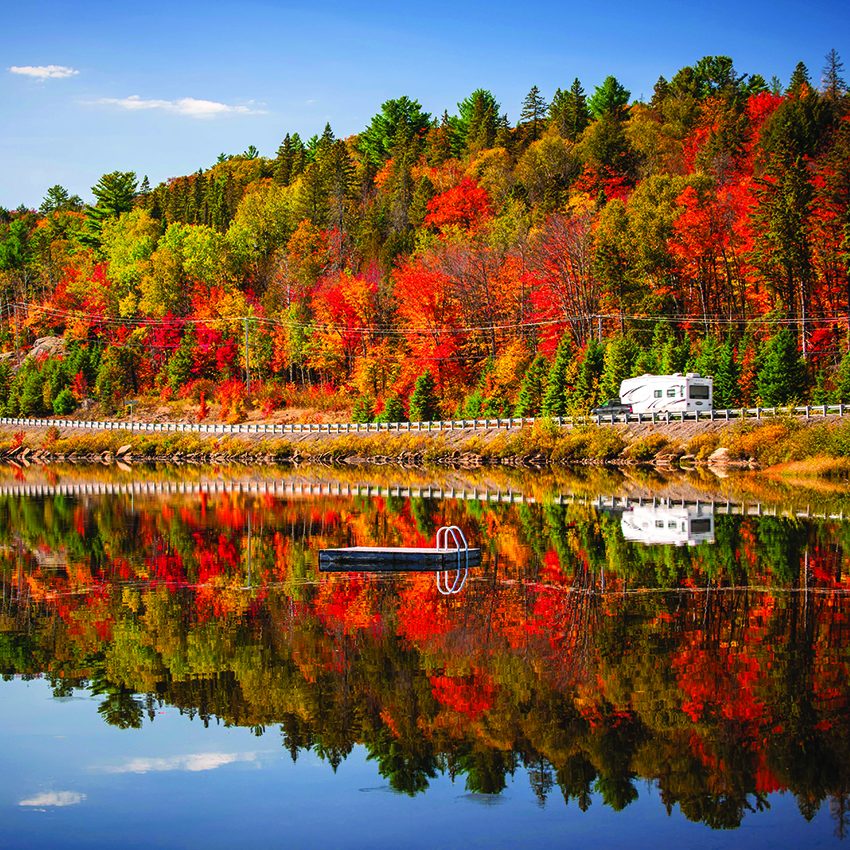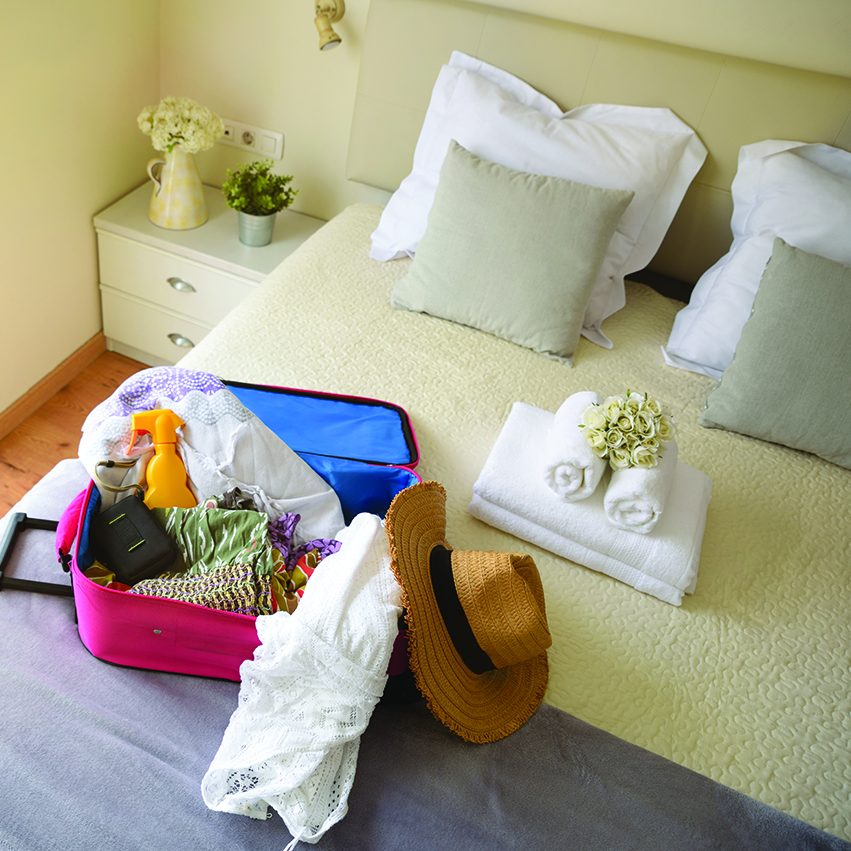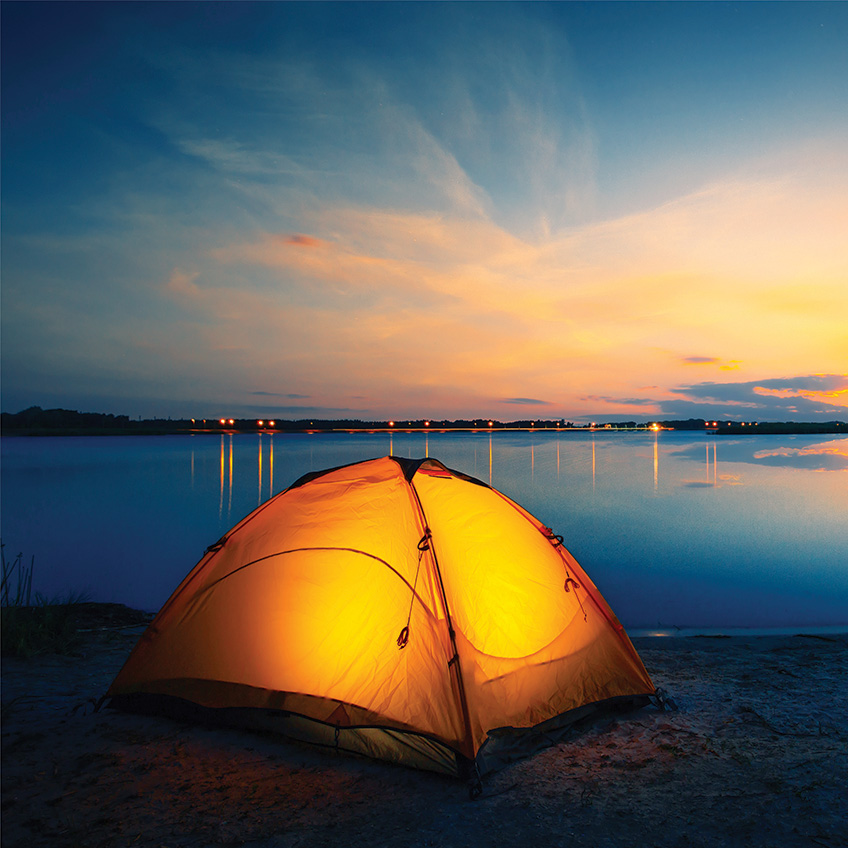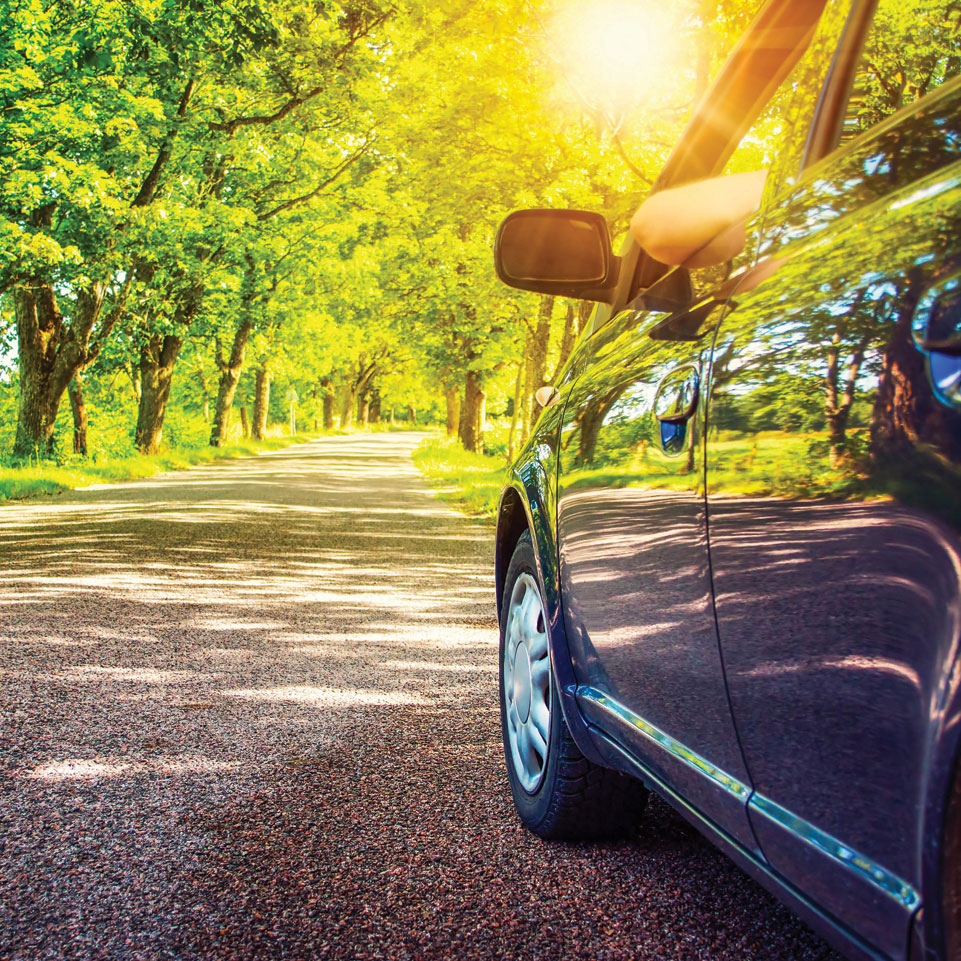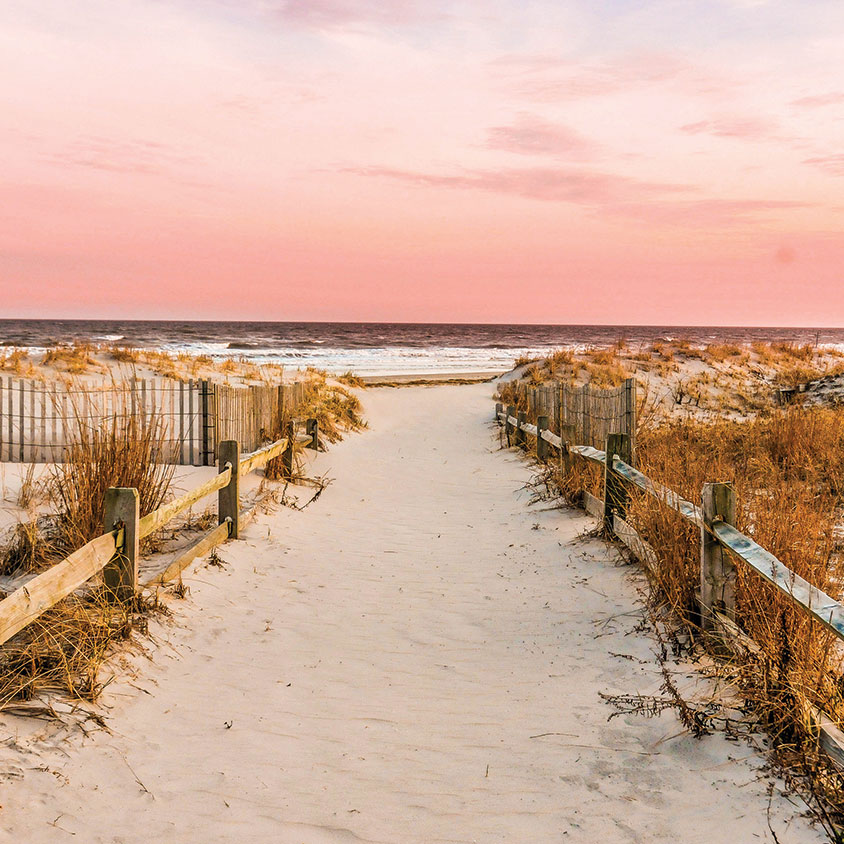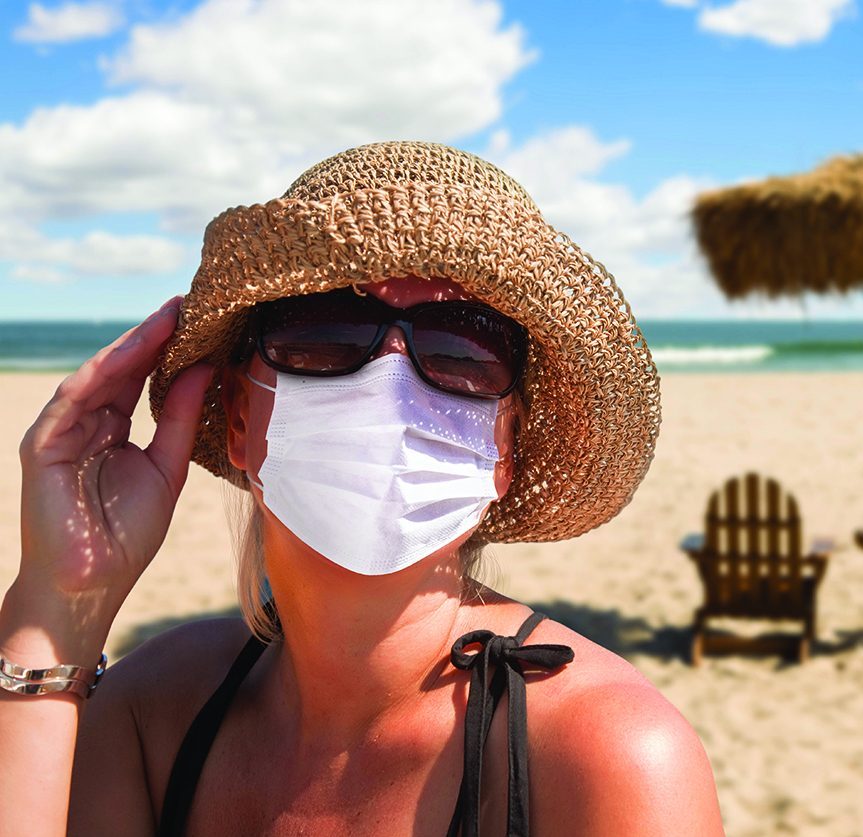No one wants to get stuck in traffic, especially when they’re trying to get away to enjoy any number of summertime events. Chances are many individuals and families will be looking to maximize the opportunity to have fun this weekend. Provided weather is favorable, travelers will likely be numerous and traffic stands to once again be an issue.
Although there is no foolproof way to prevent idling behind a long row of vehicles taking people to their summer vacation destinations, there are ways to reduce the odds of being stuck in traffic.
Travel Overnight
No, it’s not comfortable to push off the comforts of bed and the restorative nature of sleep to get behind the wheel, but traveling late at night may be the best way to beat traffic. Car volume is definitely at a minimum at night, and you can sail through relatively unencumbered by traffic. Kids likely will sleep throughout the ride, and adults can take a nap when they get to the destination. Traveling very early may not suffice in the summer, as people often leave their homes at dawn to grab prime real estate at the beach.
Carpool With Others
Reducing the number of cars on the road may come down to carpooling. If possible, travel with friends or family heading to the same place, and share the driving responsibilities. Traffic also may be less irritating with others in the car chatting away the time.
Choose A Less Popular Destination
Many travelers congregate in certain hot spots come the summer, and on holidays. Beach locales are going to bear the brunt of the visitors. Whether it’s Laguna Beach in California, Clearwater Beach in Florida, the Outer Banks in North Carolina, or Long Beach Island in New Jersey, corridors leading to the coast will be jammed. Travelers may want to reserve the beach for weekdays when they’re not so packed, and head inland or to a lake or river if they desire a water retreat on weekends and holidays.
Stay Local
One of the ways to avoid traffic is to stay close to home. Make your home the party hub and have others come to you for barbecues or time spent in the pool. Hosting is work, but that can be offset by avoiding the stress of traveling.
Take A Train, Bus or Ferry
Leaving the car at home and taking public transportation may be a better option on gridlocked summer weekends and holidays. Explore the availability of public transportation in the area.
Traffic is a component of summer and warm weather holidays. Circumventing the stop-and-go comes down to planning and patience.



